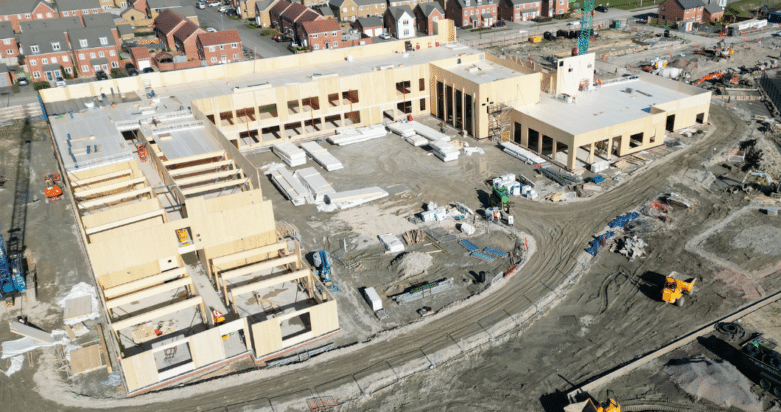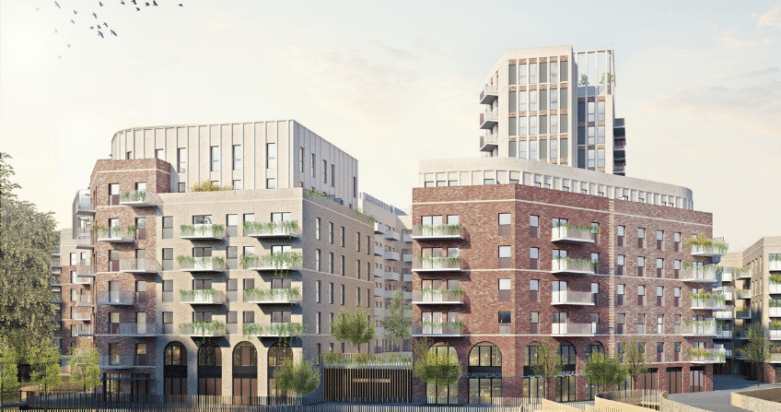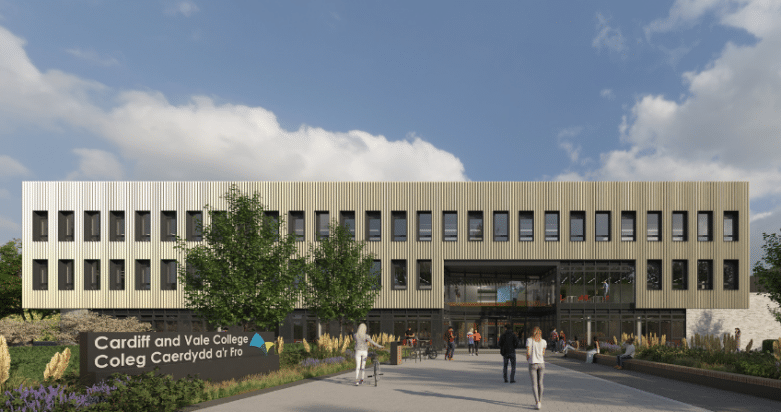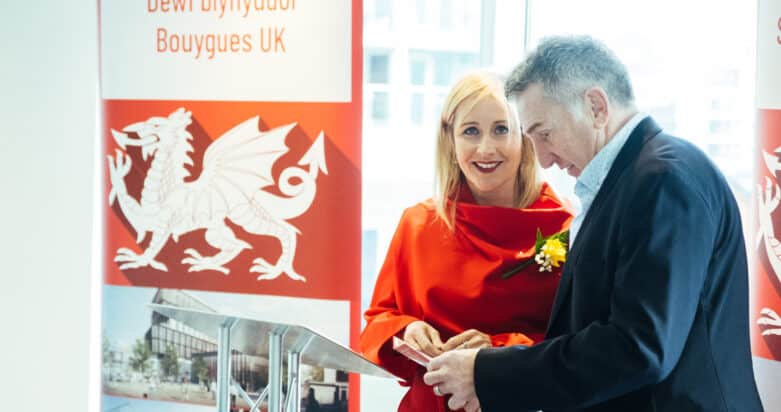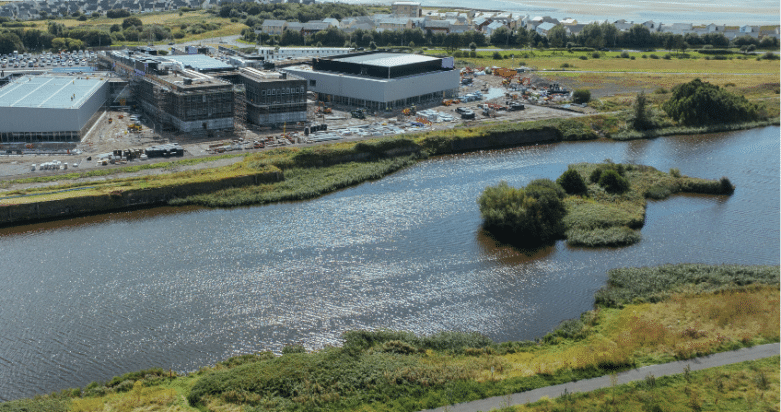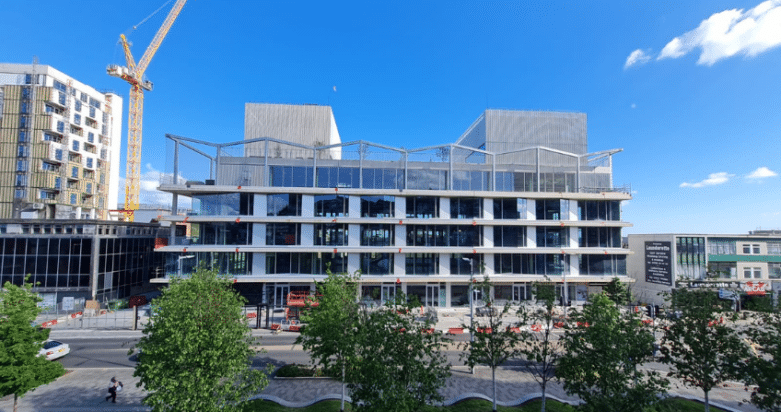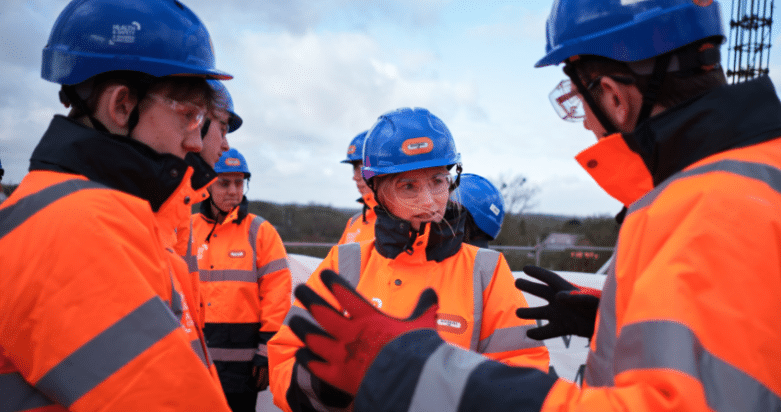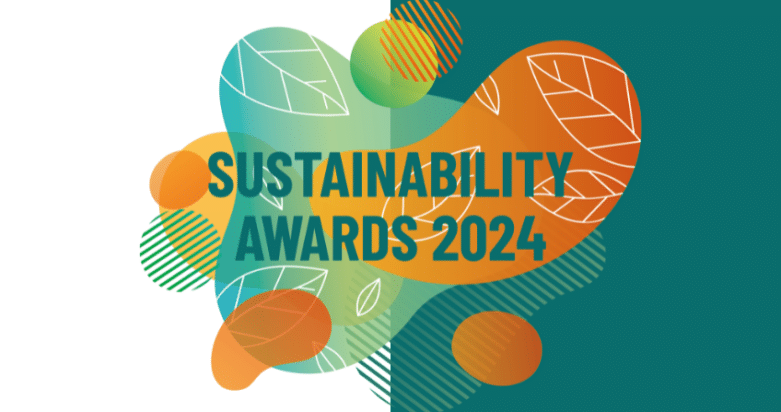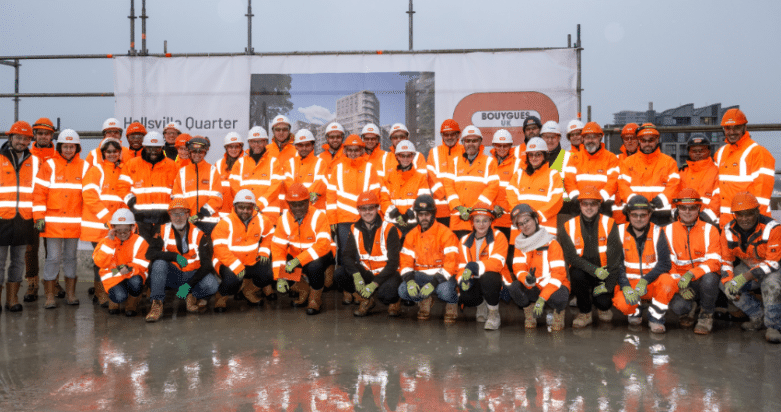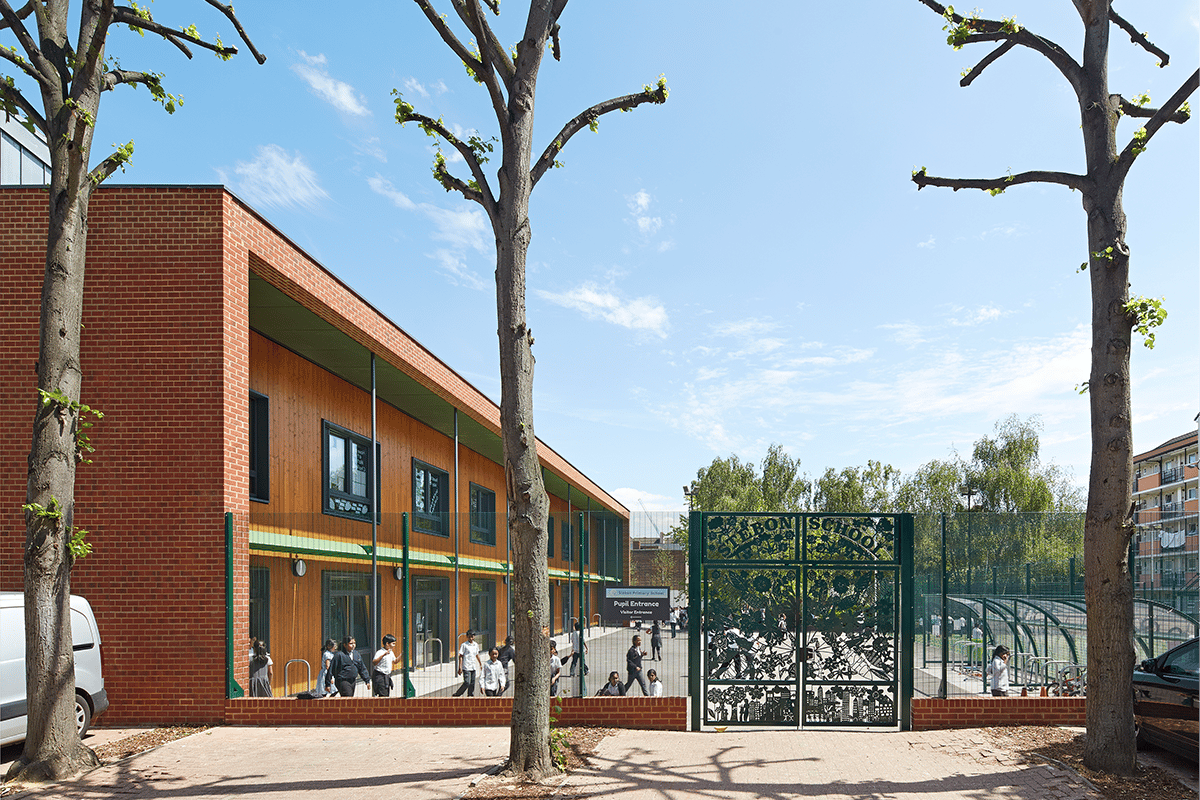
Building the Future through Passivhaus
The built environment currently contributes a staggering 40% of the UK’s carbon emissions and it is estimated that the construction sector contributes up to 11% of global carbon emissions. The UN’s COP27 convention this year has again highlighted the urgency of reducing carbon emissions. As an industry, we need to explore all potential options that will help minimise the environmental impact of the structures we design and build.
The reality is that the UK needs more housing and better infrastructure, but we need to find a more sustainable way of delivering this.
One way to slash energy use for all types of buildings is through Passivhaus construction. Passivhaus buildings can reduce energy consumption by up to 80% and radically lower energy costs. This type of building is also popular with occupiers because of the fresh indoor air it ensures along with comfortable temperatures, all year round.
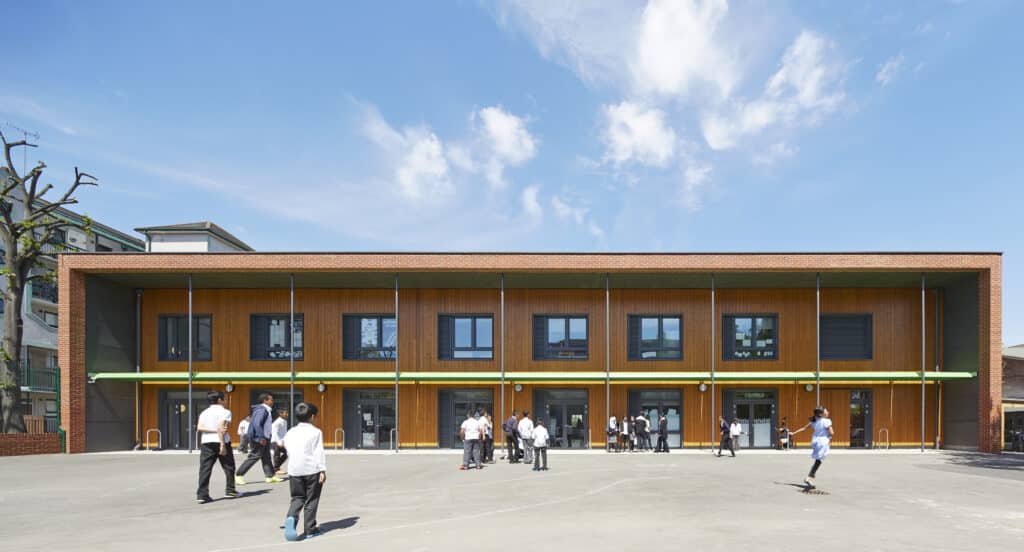
Whilst Bouygues UK has a number of Passivhaus developments under our belt, being able to draw on the knowledge and strengths of the wider Bouygues Group is a huge advantage. Through clever design and an established supply chain, not only does our Passivhaus system build to an exceptional completion standard, but it can also cost less than other construction methods.
What is Passivhaus?
Passivhaus is a quality standard, meaning buildings are judged on their real-world performance, post completion.
Developed by a German physicist in the 1990s, who realised buildings were consuming much more energy than predicted by their design, the technique works well for schools, homes, hospitals alike.
These buildings include a highly insulated, airtight shell; heat recovery and temperature control; and mechanised ventilation.
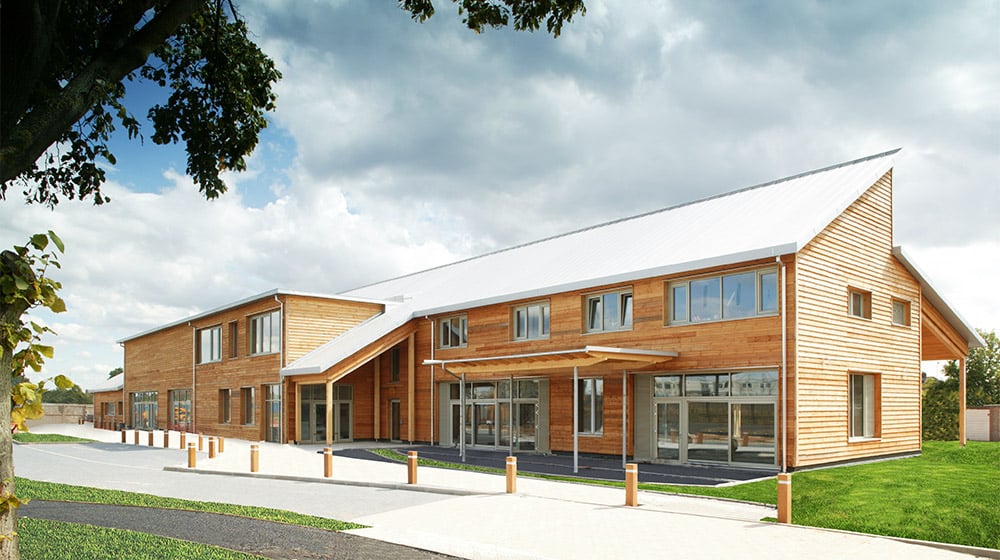
Rigorous quality control during construction helps eliminate any ‘thermal bridging’ which could lead to issues like mould. Monitoring after completion means energy performance must match up to the promises pledged.
Compared with buildings constructed under current UK building regulations, Passivhaus achieves savings in space heating energy of around 85% and total primary energy of around 70%.
Healthier schools
Our specialist team has completed many Passivhaus projects, including several in the education sector.
Aside from slashing energy costs, teachers have reported that the children’s concentration has improved because of the air quality.
Tests done on the air purity inside other Passivhaus buildings show the air is often fresher than in buildings that rely on opening the windows (which often aren’t ventilated during poor weather).
One of the earliest and most striking results to come from Building Performance Evaluation studies of Passive House-inspired Retrofit for the Future projects and certified UK Passive House buildings was their optimal indoor relative humidity (RH) levels. Whether summer or winter conditions, retrofit or new build, research has found optimal conditions of 30%-60% RH have been consistently achieved, one of the most important factors in maintaining very high air quality for comfort and health.
The RIBA Journal
One of our team’s education projects using Passivhaus was Bushbury Hill Primary School in Wolverhampton.
On completion, its energy use was less than 120 kilowatt hours per square metre a year. Its air leakage rate was less than 0.6 air changes per hour at 50 Pascal’s pressure – an important energy metric. Overall, the building won a ‘B’ rating for energy efficiency and a BREEAM ‘very good’ rating.
To help reach the Passivhaus standard, our designers plotted the orientation of the building to benefit from natural light while reducing overheating from the sun.
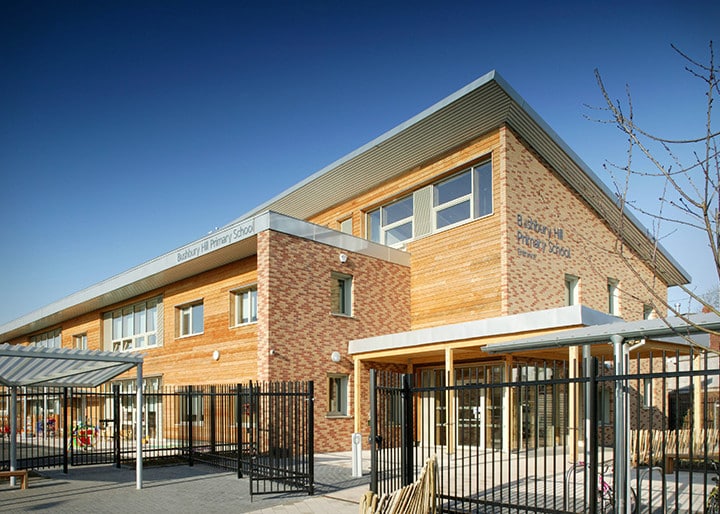
The team also thought carefully about the general impact of the development, commissioning insulation from recycled paper; choosing toilets and taps which use less water; and donating old furniture to charity to reduce waste.
While the building does not need to generate renewable energy to reduce its emissions, the school was designed so that it could be fitted with solar PV technology in future.
This project is just one example of how we use Passivhaus construction as part of our overall commitment to sustainability.

